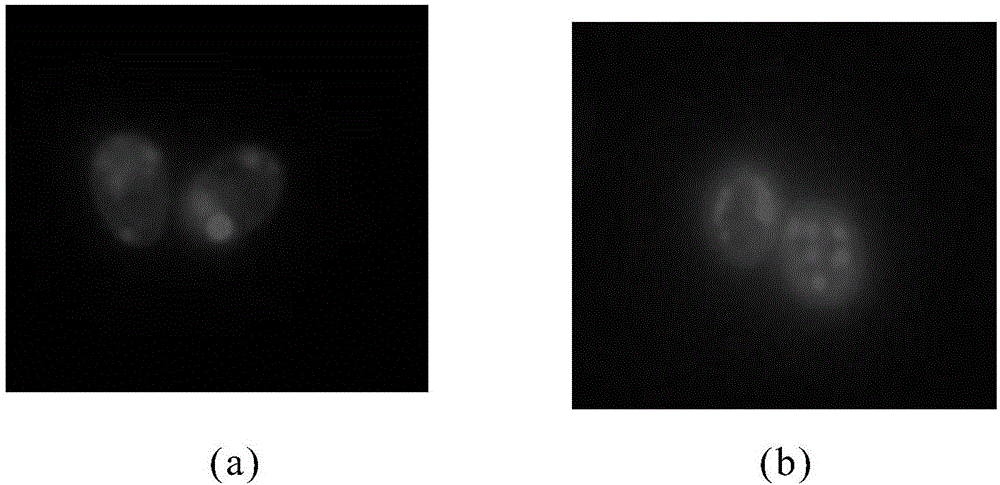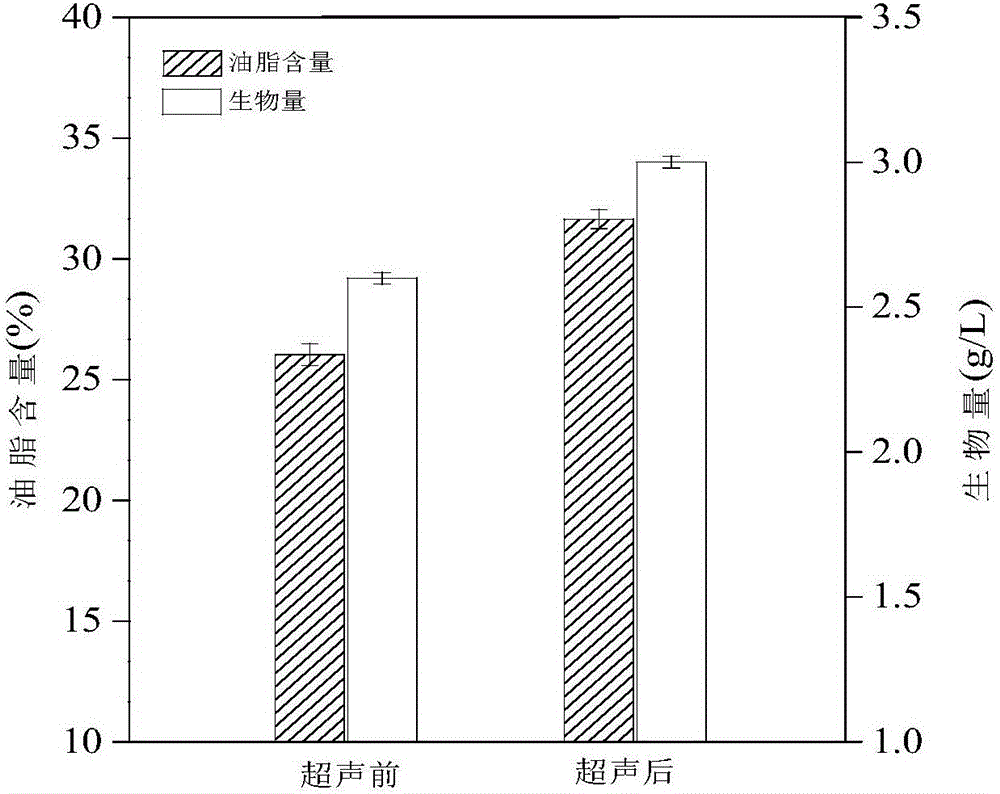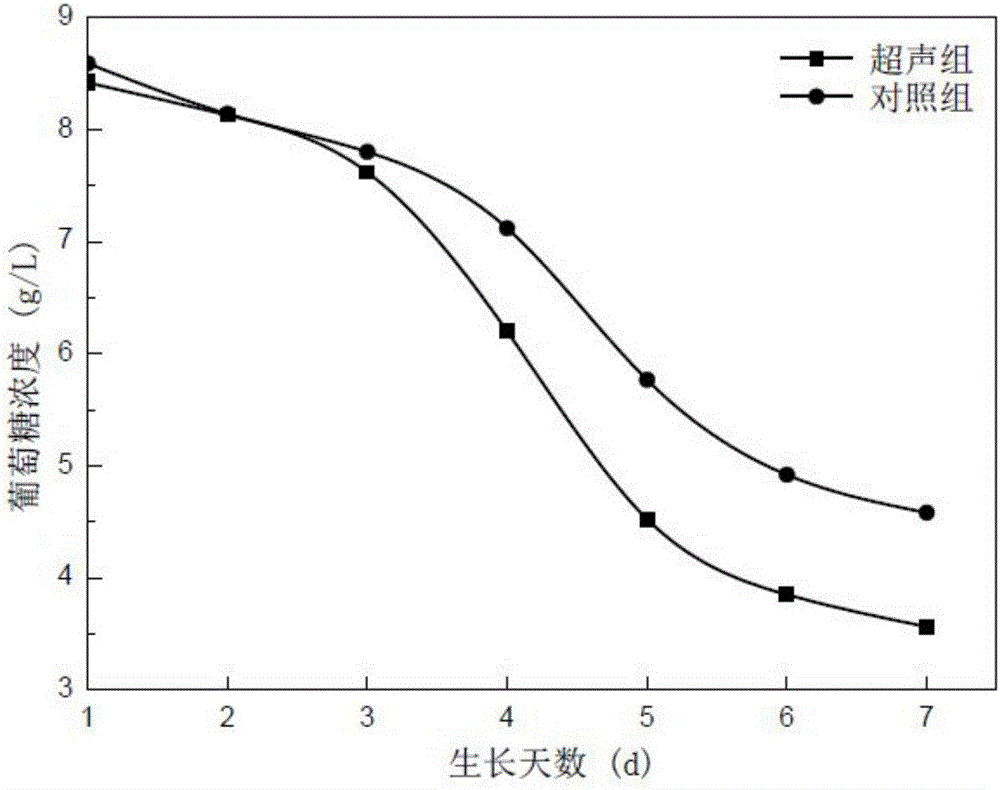Method for promoting synthesis of microalgae oil by low frequency and low intensity ultrasound
A microalgae oil, low-intensity technology, applied in microorganism-based methods, biochemical equipment and methods, microorganisms, etc., can solve the problems of mutation inhomogeneity, limitation, negative impact on biomass, etc., to accelerate metabolic rate, improve The accumulation of , the effect of enhancing permeability
- Summary
- Abstract
- Description
- Claims
- Application Information
AI Technical Summary
Problems solved by technology
Method used
Image
Examples
Embodiment 1-17
[0019] The alga species used in the present invention is Scenedesmus screened in a laboratory, and the ultrasonic experiments are all completed in a clean bench in a sterile room, and the temperature is room temperature. In order to maintain a sterile state, the ultrasonic biological growth promotion instrument and the ultrasonic probe were placed in the ultra-clean bench during the test, and sterilized by ultraviolet light for 25 minutes; Placed in a ultra-clean bench sterilized by ultraviolet light; in order to make the ultrasound evenly act on the microalgae cells, the algae liquid should be shaken before the ultrasonic treatment, and then the sterilized ultrasonic probe should be immersed in the microalgae liquid for about 2mm for ultrasonication Treatment (Due to the large diameter of the ultrasonic probe, this experiment uses a plant tissue culture bottle with a volume of about 240ml with air holes to cultivate microalgae. Note that after a sample is processed, the probe ...
Embodiment 18-27
[0026] The difference with Example 15 is in Table 2.
[0027] Table 2 Embodiment 18-27 differentiating conditions and experimental results.
[0028]
[0029]
PUM
 Login to View More
Login to View More Abstract
Description
Claims
Application Information
 Login to View More
Login to View More - R&D
- Intellectual Property
- Life Sciences
- Materials
- Tech Scout
- Unparalleled Data Quality
- Higher Quality Content
- 60% Fewer Hallucinations
Browse by: Latest US Patents, China's latest patents, Technical Efficacy Thesaurus, Application Domain, Technology Topic, Popular Technical Reports.
© 2025 PatSnap. All rights reserved.Legal|Privacy policy|Modern Slavery Act Transparency Statement|Sitemap|About US| Contact US: help@patsnap.com



